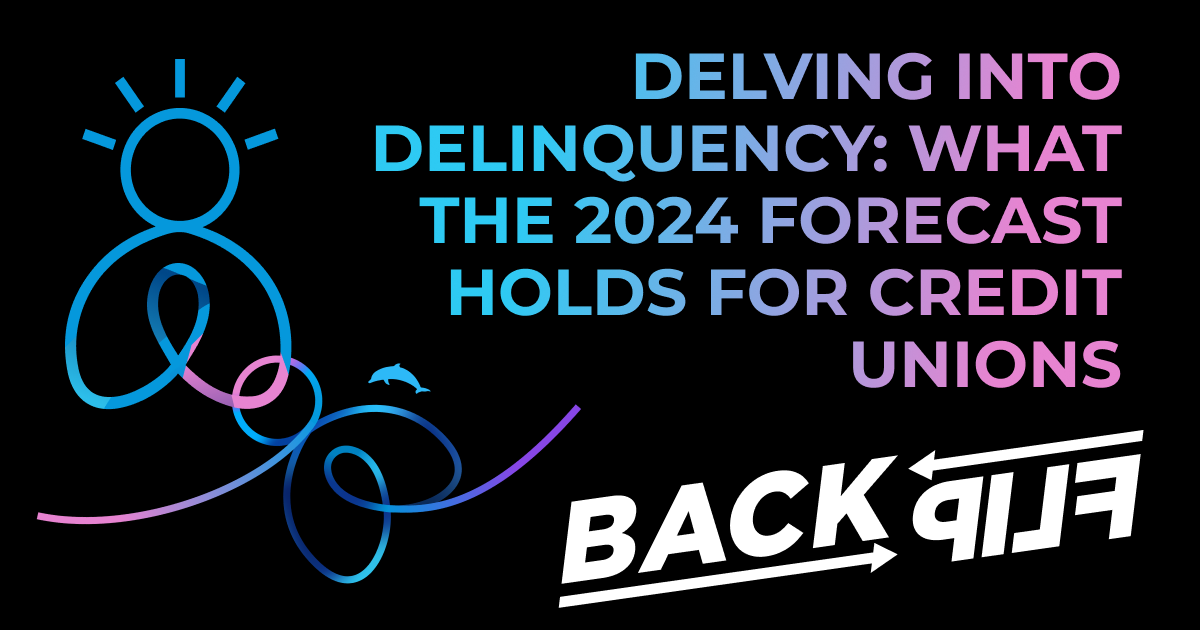The financial narrative for credit unions is an evolving tapestry with several factors at play. As we steer towards 2024, the credit union forecast unveils a delinquency rate pegged at 1.00%. This projection is intertwined with various economic and operational dynamics including a modest uptick in the U.S. unemployment rate, the seasoning effect from a surge in loan originations in 2020 and 2021, and an anticipated increase in variable-rate home equity lines and unsecured loans.
Here’s a deeper examination of the components driving the delinquency rate forecast:
Unemployment Upturn:
The modest rise in the U.S. unemployment rate could potentially lead to an increase in delinquencies, as individuals may find it challenging to meet their loan obligations amidst job uncertainties.
Seasoning Effect:
The massive volume of loans originated by credit unions in 2020 and 2021 is expected to mature, ushering in a seasoning effect. As these loans age, the likelihood of delinquencies might escalate.
Stronger Loan Increases:
The forecast anticipates stronger growth in variable-rate home equity lines and unsecured loans like personal loans and credit card balances. These loan types, often associated with higher risk, might contribute to the elevated delinquency rate.
Strategic Imperatives:
In light of the forecasted delinquency rate, credit unions may need to fortify their risk management frameworks, enhance member communication, and perhaps consider proactive measures like financial education to mitigate the risk of delinquencies.
Looking Beyond:
While navigating the immediate challenges, credit unions should also keep a keen eye on the long-term horizon, ensuring that their strategies are resilient, member-centric, and adaptable to evolving financial landscapes.
The 2024 credit union forecast predicts the delinquency rate is a cue for credit unions to bolster their risk mitigation strategies and continue fostering a culture of financial prudence and member engagement. By doing so, credit unions can stride confidently into the future, ensuring financial stability and sustained service to their communities even amidst a challenging economic backdrop.
